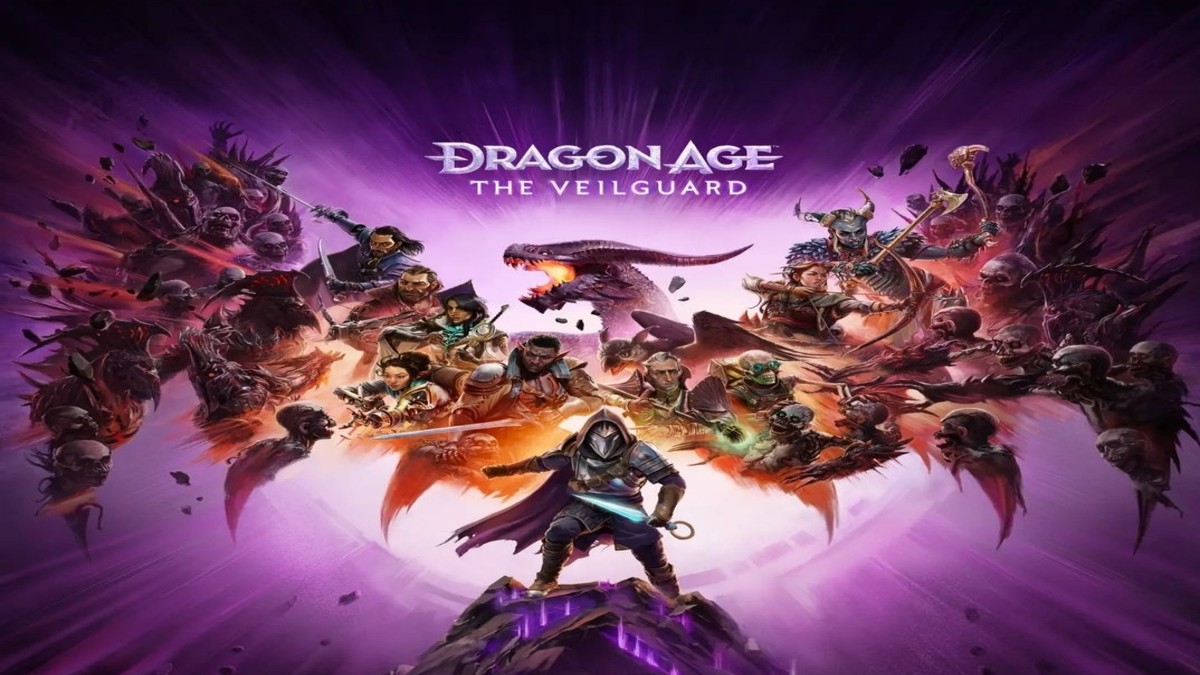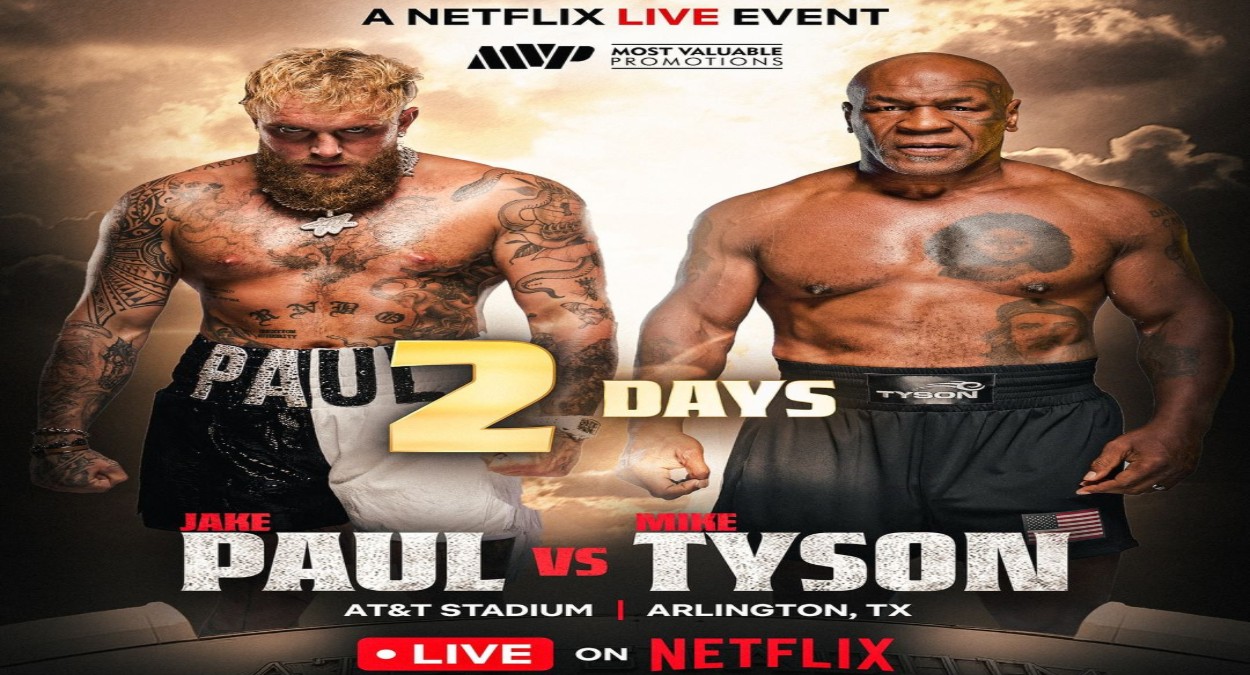
Shooter Games
Shooter games, a cornerstone of the video gaming industry, have captivated players for decades with their intense gameplay, strategic elements, and immersive environments. This genre encompasses a wide range of sub-genres and styles, each offering unique experiences that cater to different types of gamers.
From the adrenaline-pumping action of first-person shooters (FPS) to the tactical depth of third-person shooters (TPS) and the cooperative fun of multiplayer shooters, the evolution of shooter games reflects the broader advancements in technology and game design. This article delves into the history, mechanics, popular titles, and future trends of shooter games, providing a comprehensive understanding of their impact on the gaming world.
A Brief History of Shooter Games
The Early Days
The origins of shooter games can be traced back to the early 1970s, with the release of games like “Spacewar!” and “Computer Space.” These pioneering titles laid the groundwork for the genre, featuring basic shooting mechanics and simple graphics. However, it was the 1978 release of “Space Invaders” by Taito that truly ignited the popularity of shooter games. “Space Invaders” introduced players to a relentless wave of enemies, requiring quick reflexes and precise aiming, setting a standard for future games in the genre.
The Golden Age of Arcades
The late 1970s and early 1980s marked the golden age of arcade games, with shooters playing a central role. Games like “Asteroids” (1979), “Defender” (1981), and “Galaga” (1981) became iconic, drawing players into arcades worldwide. These games were characterized by their challenging gameplay, competitive high score systems, and innovative use of graphics and sound. The arcade shooter genre continued to evolve with the introduction of light gun shooters like “Duck Hunt” (1984) on the Nintendo Entertainment System (NES), which utilized a physical gun peripheral to enhance player immersion.
The Rise of First-Person Shooters
The early 1990s saw the emergence of first-person shooters, a sub-genre that would dominate the industry for decades. “Wolfenstein 3D” (1992) by id Software is often credited as the first true FPS, offering a groundbreaking 3D perspective and fast-paced action. This was followed by “Doom” (1993), which not only refined the FPS formula but also popularized multiplayer deathmatches, laying the foundation for online gaming. “Doom” and its successors, such as “Quake” (1996), pushed the boundaries of technology and creativity, establishing a new standard for shooter games.
Mechanics and Gameplay Elements
Core Gameplay Mechanics
Shooter games typically revolve around combat, requiring players to use various weapons to defeat enemies. Core mechanics include aiming, shooting, movement, and reloading. These actions are often supported by additional features such as cover systems, health regeneration, and power-ups. The goal can vary from surviving waves of enemies to completing specific missions or objectives.
First-Person vs. Third-Person Perspective
The perspective of shooter games significantly influences gameplay and player experience. First-person shooters (FPS) offer an immersive view from the character’s eyes, enhancing realism and engagement. This perspective is ideal for fast-paced action and precise aiming. In contrast, third-person shooters (TPS) provide a view from behind the character, allowing players to see their avatar and surroundings more clearly. This perspective is beneficial for strategic gameplay, as it offers a broader field of vision and better situational awareness.
Weapon Variety and Customization
A hallmark of shooter games is the diverse arsenal of weapons available to players. From pistols and rifles to futuristic laser guns and explosives, the variety of weapons adds depth and strategy to gameplay. Many modern shooters also feature extensive weapon customization options, allowing players to modify their firearms with attachments like scopes, silencers, and extended magazines. This customization enhances player agency and can significantly impact playstyle and effectiveness in combat.
Multiplayer and Online Play
Multiplayer modes are a crucial component of many shooter games, offering competitive and cooperative experiences. Online multiplayer has become a staple, enabling players to connect and compete with others worldwide. Game modes such as deathmatch, capture the flag, and battle royale have become standard, each offering unique challenges and team dynamics. Cooperative modes, where players work together to complete objectives, also add variety and replayability to shooter games.
Popular Shooter Game Titles
Classic FPS Games
Doom (1993): A pioneering FPS game, “Doom” is known for its fast-paced action, innovative level design, and influential multiplayer mode. Its success led to numerous sequels and a lasting legacy in the gaming industry.
Quake (1996): Another milestone by id Software, “Quake” introduced true 3D graphics and advanced multiplayer features. Its moddable engine also fostered a strong community and numerous user-created content.
Half-Life (1998): Developed by Valve, “Half-Life” combined storytelling and gameplay in unprecedented ways. Its immersive narrative, realistic physics, and AI-driven enemies set new standards for the genre.
Modern FPS Games
Call of Duty Series: Starting with “Call of Duty” (2003), this series has become one of the most successful in gaming history. Known for its cinematic campaigns and robust multiplayer modes, titles like “Call of Duty: Modern Warfare” (2007) and “Call of Duty: Warzone” (2020) have defined the FPS genre.
Battlefield Series: Known for its large-scale battles and destructible environments, the “Battlefield” series offers a unique blend of infantry and vehicle combat. “Battlefield 3” (2011) and “Battlefield 4” (2013) are particularly celebrated for their multiplayer experiences.
Destiny Series: Bungie’s “Destiny” (2014) and “Destiny 2” (2017) blend FPS gameplay with MMO elements, offering expansive worlds, cooperative raids, and competitive multiplayer modes. The series is praised for its rich lore and ongoing content updates.
Third-Person Shooters
Gears of War Series: Epic Games’ “Gears of War” (2006) introduced a cover-based shooting mechanic that has become a staple in TPS games. The series is known for its visceral combat, cooperative gameplay, and engaging storyline.
Uncharted Series: Developed by Naughty Dog, the “Uncharted” series blends third-person shooting with exploration and puzzle-solving. Titles like “Uncharted 2: Among Thieves” (2009) are celebrated for their cinematic presentation and character-driven narratives.
The Last of Us Series: Also by Naughty Dog, “The Last of Us” (2013) combines survival horror with third-person shooting. Its sequel, “The Last of Us Part II” (2020), is noted for its emotional storytelling, realistic graphics, and intense gameplay.
Multiplayer and Battle Royale
Fortnite: Epic Games’ “Fortnite” (2017) popularized the battle royale genre, offering a unique blend of shooting, building, and survival mechanics. Its vibrant art style, frequent updates, and cross-platform play have made it a cultural phenomenon.
Apex Legends: Respawn Entertainment’s “Apex Legends” (2019) is a free-to-play battle royale game set in the “Titanfall” universe. Known for its fast-paced action, unique character abilities, and squad-based gameplay, it quickly gained a large player base.
Overwatch: Blizzard Entertainment’s “Overwatch” (2016) is a team-based shooter that emphasizes hero characters with distinct abilities. Its diverse cast, strategic gameplay, and polished design have earned it numerous awards and a dedicated fanbase.
Impact on the Gaming Industry
Technological Advancements
Shooter games have driven significant technological advancements in the gaming industry. The demand for realistic graphics and smooth gameplay has led to the development of powerful game engines, such as the id Tech engine, Unreal Engine, and CryEngine. These engines have not only enhanced shooter games but also benefited the broader gaming ecosystem.
Esports and Competitive Gaming
The competitive nature of shooter games has made them a cornerstone of the esports industry. Titles like “Counter-Strike: Global Offensive” (2012), “Call of Duty,” and “Overwatch” have thriving esports scenes, with professional leagues, tournaments, and substantial prize pools. The rise of streaming platforms like Twitch has further fueled the popularity of competitive shooter games, allowing fans to watch and engage with their favorite players and teams.
Cultural Influence
Shooter games have had a profound impact on popular culture. Iconic franchises like “Call of Duty” and “Halo” have become household names, influencing movies, merchandise, and even military training simulations. The depiction of war and combat in shooter games has also sparked discussions about violence in media, leading to ongoing debates about the social and psychological effects of gaming.
The Future of Shooter Games
Virtual Reality (VR) and Augmented Reality (AR)
The advent of VR and AR technologies promises to revolutionize the shooter genre. VR shooters like “Half-Life: Alyx” (2020) offer immersive experiences that place players directly in the game world, enhancing realism and engagement. AR technology, as seen in games like “Pokémon GO,” could bring shooter mechanics into real-world environments, creating new opportunities for interactive gameplay.
Artificial Intelligence (AI)
Advancements in AI are set to enhance the complexity and realism of shooter games. AI-driven enemies can exhibit more sophisticated behaviors, creating challenging and dynamic combat scenarios. Additionally, AI can be used to develop adaptive difficulty systems that tailor the game experience to individual player skills, ensuring a balanced and enjoyable experience for all.
Cross-Platform Play and Cloud Gaming
Cross-platform play is becoming increasingly common, allowing players on different systems to compete and cooperate seamlessly. This trend is likely to continue, fostering larger and more diverse gaming communities. Cloud gaming services like Google Stadia and Microsoft’s Xbox Cloud Gaming are also poised to transform the shooter genre.
By offloading processing tasks to powerful remote servers, these platforms enable high-quality gaming experiences on a wide range of devices, from smartphones to low-end PCs. This accessibility could expand the player base and democratize gaming, making it easier for more people to enjoy shooter games without the need for expensive hardware.
Trends and Innovations in Shooter Games
Narrative-Driven Experiences
In recent years, there has been a growing emphasis on storytelling within the shooter genre. Games like “The Last of Us” and “BioShock” integrate rich narratives with gameplay, offering emotionally resonant experiences that go beyond traditional shooting mechanics. This trend reflects a broader industry shift towards creating games that are not only entertaining but also artistically meaningful and thought-provoking.
Realistic Simulation vs. Arcade Action
Shooter games often straddle the line between realistic simulation and arcade action. On one end, titles like “Arma 3” and “Escape from Tarkov” aim for hyper-realism, featuring detailed weapon mechanics, realistic ballistics, and complex tactical elements. On the other end, games like “Fortnite” and “Overwatch” prioritize fast-paced, accessible gameplay with more fantastical elements. Both approaches have their dedicated audiences and contribute to the diversity of the genre.
Procedural Generation and Open Worlds
Procedurally generated content and open-world design are increasingly prevalent in shooter games. Titles like “Borderlands” and “Far Cry” use procedural generation to create vast, varied environments and endless gameplay possibilities. This approach enhances replayability and provides players with unique experiences each time they play. Open-world shooters, in particular, offer expansive settings that encourage exploration and dynamic encounters, blending shooting mechanics with elements of adventure and exploration.
Social and Cooperative Play
Social interaction and cooperative play are central to the modern shooter experience. Games like “Destiny 2” and “Tom Clancy’s The Division” incorporate MMO elements, fostering large online communities and cooperative gameplay. These games often feature shared world experiences, where players can team up to tackle challenging missions, participate in events, and explore vast game worlds together. The social aspect of these games enhances engagement and provides a sense of community among players.
Challenges and Controversies
Violence and Media Effects
Shooter games, particularly those depicting realistic violence, have been at the center of ongoing debates about their impact on behavior. Critics argue that exposure to violent video games can lead to increased aggression and desensitization to violence. However, research on this topic is mixed, with many studies finding no direct causal link between video game violence and real-world aggression. The gaming community and industry stakeholders continue to navigate these concerns, emphasizing the importance of context, player maturity, and responsible game design.
Balancing Accessibility and Skill
Balancing accessibility and skill is a significant challenge for shooter game developers. Ensuring that games are approachable for newcomers while still providing depth and challenge for experienced players requires careful design. Features like skill-based matchmaking, adaptive difficulty, and comprehensive tutorials can help bridge this gap. Additionally, ongoing updates and community feedback play a crucial role in maintaining a balanced and enjoyable experience for all players.
Inclusivity and Representation
Inclusivity and representation are increasingly important topics in the gaming industry. Shooter games, like all forms of media, have a responsibility to reflect diverse perspectives and experiences. Efforts to include a wider range of characters, stories, and cultural backgrounds can make games more relatable and engaging for a broader audience. Games like “Overwatch” have been praised for their diverse cast of characters, while others are working to improve representation and avoid stereotypes.
Iconic Shooter Game Franchises
Halo Series
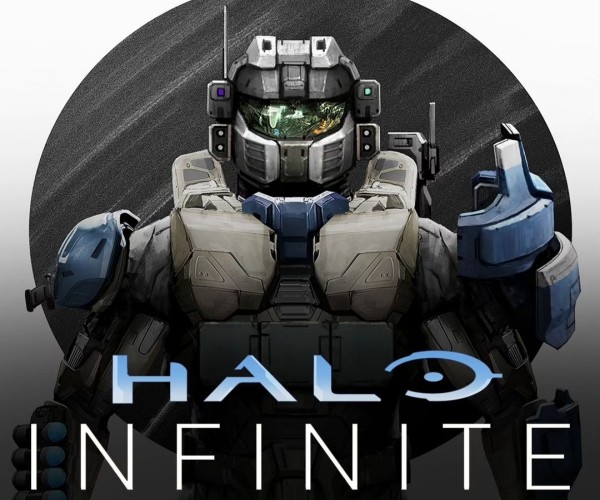
The “Halo” series, developed by Bungie and later 343 Industries, is one of the most iconic and influential shooter franchises. Debuting with “Halo: Combat Evolved” in 2001, the series introduced players to the Master Chief and the epic conflict between humanity and the Covenant. Known for its engaging single-player campaigns, innovative multiplayer modes, and expansive lore, “Halo” has left a lasting impact on the FPS genre and gaming culture as a whole.
Call of Duty Series
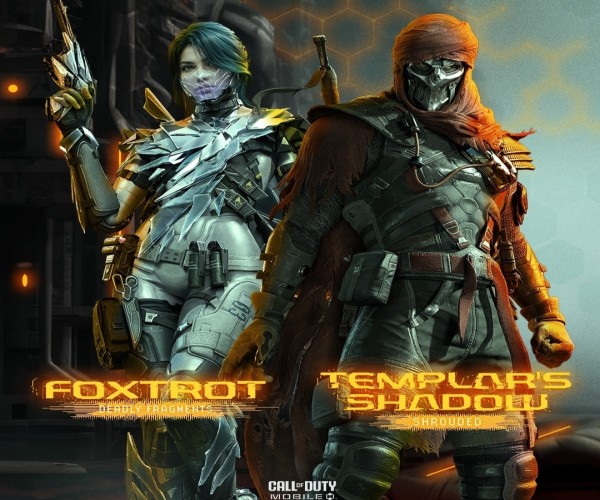
The “Call of Duty” series, developed by Infinity Ward, Treyarch, and Sledgehammer Games, has become synonymous with blockbuster shooter games. Each installment offers a mix of cinematic single-player campaigns and highly competitive multiplayer modes. The series has explored various settings, from World War II to modern warfare and futuristic conflicts. “Call of Duty: Modern Warfare” and “Call of Duty: Black Ops” are particularly notable for their impactful stories and refined gameplay mechanics.
Battlefield Series
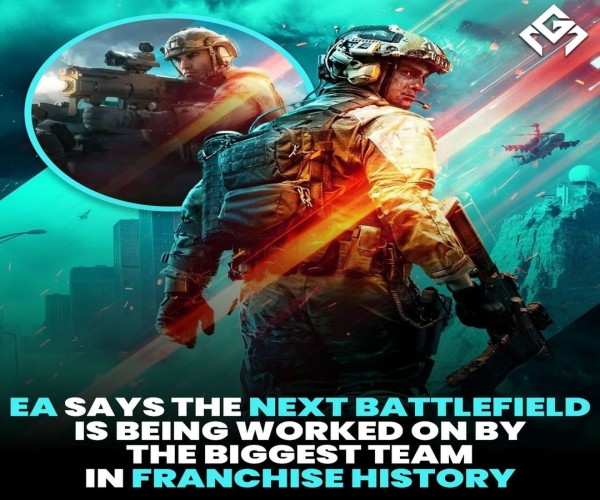
The “Battlefield” series, created by DICE and published by Electronic Arts, is renowned for its large-scale battles, destructible environments, and emphasis on teamwork. Starting with “Battlefield 1942” in 2002, the series has covered numerous historical and fictional conflicts. Games like “Battlefield 3” and “Battlefield 1” are celebrated for their immersive atmospheres, realistic graphics, and dynamic multiplayer experiences.
Doom Series
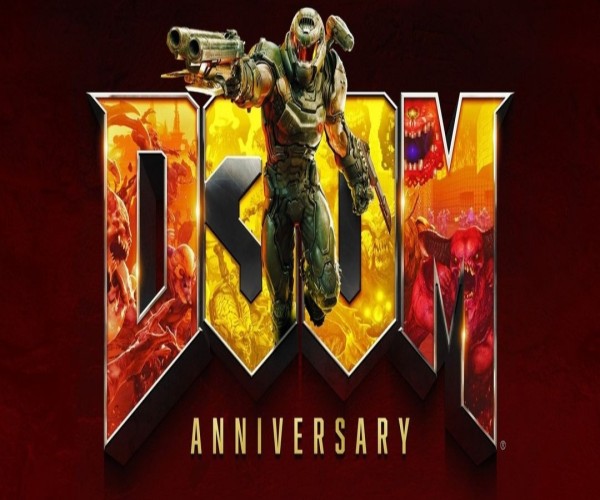
The “Doom” series, starting with the 1993 classic, has been a defining force in the shooter genre. Developed by id Software, “Doom” set the standard for fast-paced, adrenaline-fueled gameplay. The 2016 reboot and its sequel, “Doom Eternal” (2020), revitalized the franchise with modern graphics, intense combat, and a focus on fluid movement and aggressive playstyles. “Doom” remains a beloved and influential series in the gaming community.
Gears of War Series

The “Gears of War” series, developed by Epic Games and later The Coalition, introduced players to a brutal and engaging third-person shooter experience. Debuting in 2006, the series is known for its cover-based mechanics, visceral combat, and gripping narrative. The story of Marcus Fenix and his squad’s fight against the Locust Horde has resonated with players, making “Gears of War” a staple of the TPS genre.
Innovations in Shooter Game Design
Immersive Environments and Realism
Advancements in graphics and physics technology have enabled the creation of highly immersive environments in shooter games. Realistic lighting, detailed textures, and lifelike animations contribute to a sense of presence and immersion. Games like “Metro Exodus” and “Red Dead Redemption 2” showcase these advancements, offering richly detailed worlds that react dynamically to player actions.
Adaptive AI and Dynamic Difficulty
Adaptive AI systems are becoming more common in shooter games, enhancing enemy behavior and challenge. These systems can adjust the difficulty based on player performance, ensuring a consistent and engaging experience. For example, the “Left 4 Dead” series uses a Director AI that dynamically adjusts the pacing and intensity of zombie encounters, creating a unique experience for each playthrough.
Sound Design and Audio Cues
Sound design plays a crucial role in shooter games, providing players with important cues and enhancing immersion. High-quality audio can indicate enemy positions, incoming threats, and environmental changes. Games like “The Last of Us Part II” and “Rainbow Six Siege” use advanced sound design to create tense and realistic atmospheres, where listening carefully can mean the difference between life and death.
Multiplayer Innovations
Multiplayer shooter games continue to innovate with new modes, mechanics, and social features. The rise of live-service models, where games receive regular updates and new content, keeps player engagement high. Games like “Fortnite” and “Apex Legends” introduce seasonal events, new characters, and limited-time modes, ensuring that the gameplay experience remains fresh and exciting.
Shooter Games and VR
Immersive VR Shooters
Virtual reality has opened up new possibilities for shooter games, offering an unparalleled level of immersion. VR shooters like “Half-Life: Alyx,” “Boneworks,” and “Pavlov VR” allow players to physically interact with the game world, aiming and firing weapons with natural movements. These games leverage VR technology to create intense, immersive experiences that are distinct from traditional shooters.
Challenges and Opportunities in VR
While VR offers exciting opportunities for shooter games, it also presents unique challenges. Motion sickness, hardware limitations, and the need for significant physical space can be barriers to widespread adoption. However, as VR technology continues to improve and become more accessible, these challenges are gradually being addressed. The potential for fully immersive, interactive shooter experiences in VR remains a compelling prospect for the future of gaming.
Summary
Shooter games have evolved significantly since their inception, continually pushing the boundaries of technology and creativity. From the early days of arcade classics to the modern era of immersive, narrative-driven experiences, the genre has remained a dynamic and influential force in the gaming industry. As technology continues to advance, the future of shooter games promises even more innovation and excitement, with new opportunities for storytelling, multiplayer interaction, and immersive gameplay.
Whether you’re a fan of fast-paced FPS action, strategic third-person shooters, or cooperative multiplayer experiences, there’s no denying the enduring appeal and cultural impact of shooter games. As developers continue to explore new frontiers in game design and technology, players can look forward to a future filled with even more thrilling and memorable shooter experiences.

